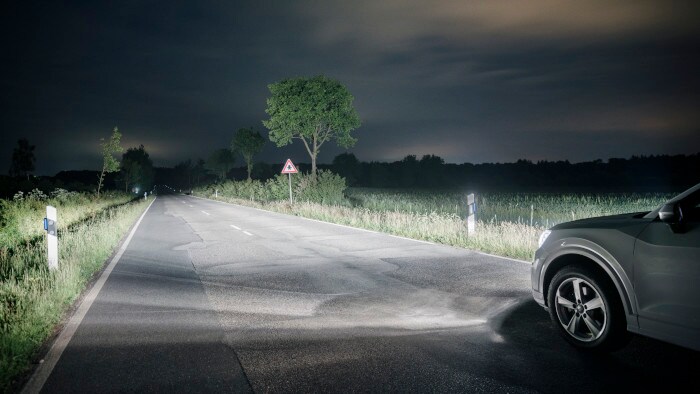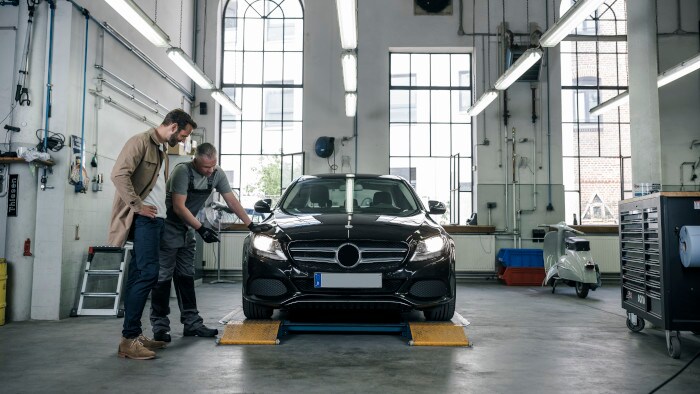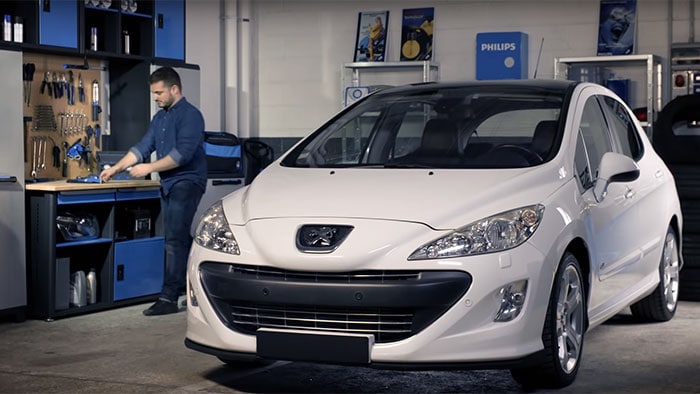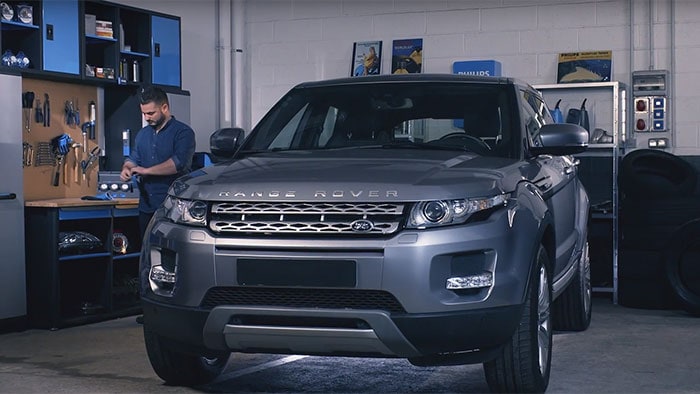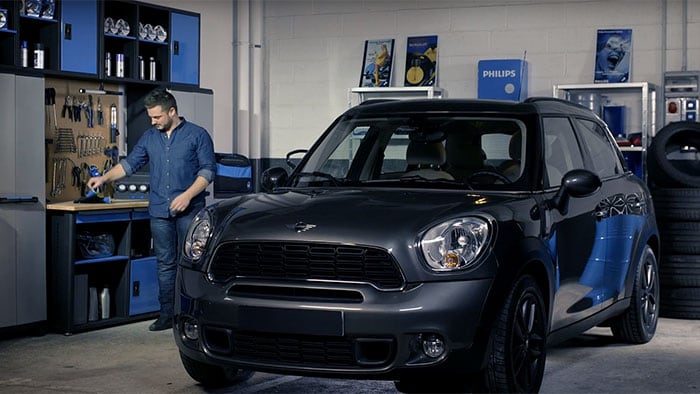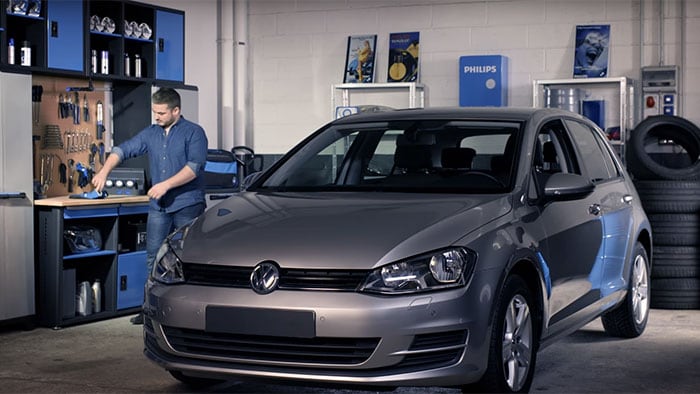Automotive Lighting and Signaling: New Solutions for Enhanced Safety and Style
Dirk Vanderhaeghen, Senior Director of Lumileds' OEM (Original Equipment Manufacturer) market strategy, emphasizes future opportunities for lighting in electric and autonomous vehicles and stresses the importance of updating regulations to support ongoing innovation. The world of car manufacturing is going through a period of real evolution, driven by the challenges of future mobility. How does this translate in case of automotive lighting? We are witnessing the emergence of high-resolution digital headlighting, integrating several features related to automatic headlight control. Currently, the standard lighting control systems distribute the luminous flux exclusively to the driving beam area, being illuminated. However new adaptive driving beam technology adapts the headlighting beam based on the obstacles on the road. Artificial intelligence can improve the lighting systems of autonomous vehicles by refining detection parameters and making them more sensitive to external hazards such as pedestrians. Digital headlighting effectively combines vision based on human reasoning with artificial intelligence, making it possible to achieve higher-definition lighting. This type of lighting improves the performance of cameras, for example, enabling better detection of obstacles, markings, signs, road users and other vehicles. Dynamic display-like signaling for future autonomous vehicles is an example of a real evolution potential in design and functionality that is enhancing road safety. Lumileds is an international company that provides lightsource solutions for various applications, including the automotive sector (LEDs and conventional halogen and xenon bulbs). We develop new lightsource solutions for headlighting and signaling applications for the cars of the future. The megatrends and quickly changing developments in headlighting and signaling applications make it essential for us to offer new technical solutions to better meet the needs of car manufacturers. That is why we have investigated the possibilities of interconnecting lighting systems with other devices, such as cameras. As senior director of OEM market strategy, my job is to evaluate application trends and to translate these into technology scouting options. I collaborate with our partners to determine opportunities for innovation that will allow us to create new applications based on innovative optical and electronic technologies. On the premium market, car manufacturers want to stand out through innovative solutions. We offer them new enabling technologies, bringing higher performance and differentiating extended features. On the mass market, we are focusing on developing cost-effective modular solutions that enable an efficient execution of innovation projects across the global automotive lighting industry. When developing new technologies, it is important to carefully monitor the evolution of regulations governing the future of the automotive market. We believe that the regulatory framework should be reviewed and refreshed in a timely manner to make it possible to industrialize and commercialize the new digital lighting solutions which automated vehicles will require. On the luxury market, we are developing a new, high-luminance LED product range so optics can be further miniaturized to enable even slimmer lighting profiles, enhancing the headlamp styling. On the mass market, we are increasing the electrical efficiency of lighting solutions of cars by reducing the energy consumption for the batteries and minimizing overall manufacturing costs; driven by the generalist car manufacturers by using modular, more standardized solutions. Senior Director of Lumileds' OEM (Original Equipment Manufacturer) market strategy. Graduated in 1992 with a Masters electronic engineering degree from the University in Ghent, Belgium. Joined Philips Lighting in 1995 and worked for different application areas in special lighting and digital projection lighting. Since 2005 he joined Philips Automotive Lighting Aachen, Germany. During 2009-2013 he worked at Lumileds in San Jose CA and since mid-2013 he transitioned back to Germany, where he currently is responsible for the market strategy of the OEM automotive business. For automotive, mobile, IoT and illumination companies who require innovative lighting solutions, Lumileds is a global leader employing more than 9,000 team members operating in over 65 countries. Lumileds partners with its customers to push the boundaries of light. To learn more about our portfolio of lighting solutions, visit lumileds.com.
What are your main missions as senior director of OEM market strategy?
What are the main challenges you face?
What are your development prospects?
About Dirk Vanderhaeghen
About Lumileds
You might also be interested in:
-
![Bright connections]()
Bright connections
Click here to learn more -
Good bulbs, bad bulbs
Click here to learn more -
![Improve your lights]()
Improve your lights
Click here to learn more -
![Change bulbs in pairs]()
Change bulbs in pairs
Click here to learn more
Find the right bulb for your car
Guide to finding the right bulb
Discover more

Where to buy
Purchase Philips Automotive products online or at a store near you
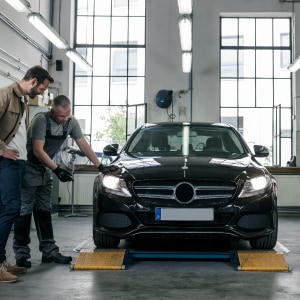
Automotive Support
Do you need a replacement Philips headlights for your car?
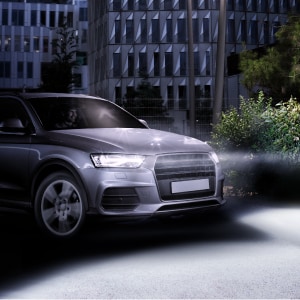
Philips product authenticity
Philips highest priority to provide maximum satisfaction for customers who buy genuine Philips products
How to replace your headlights?
How to replace headlight bulbs on your Peugeot 308
How to replace headlight bulbs on your Range Rover Evoque
How to replace Mini Cooper Countryman headlight bulbs
How to replace headlight bulbs on your Volkswagen Golf VII

